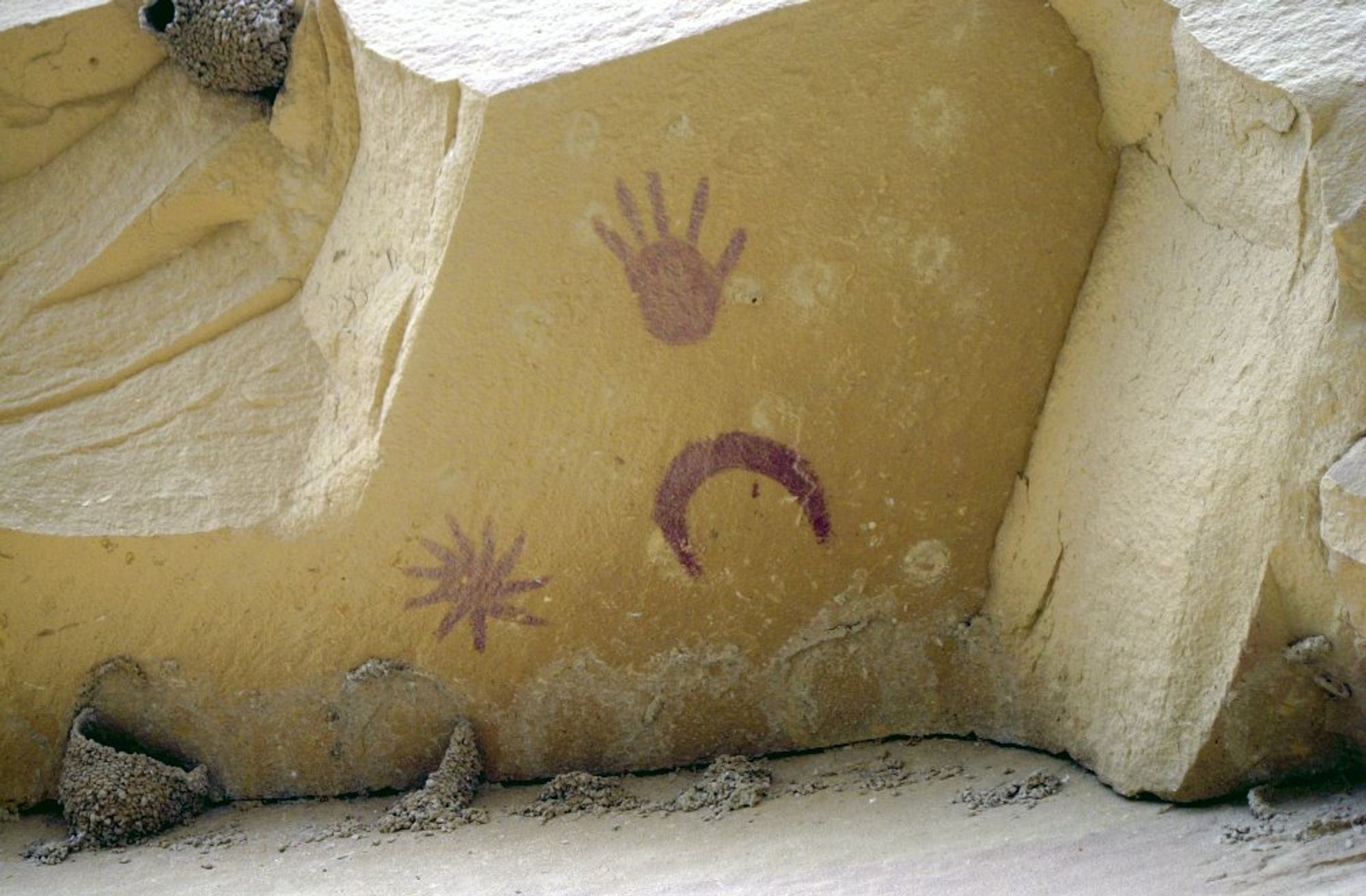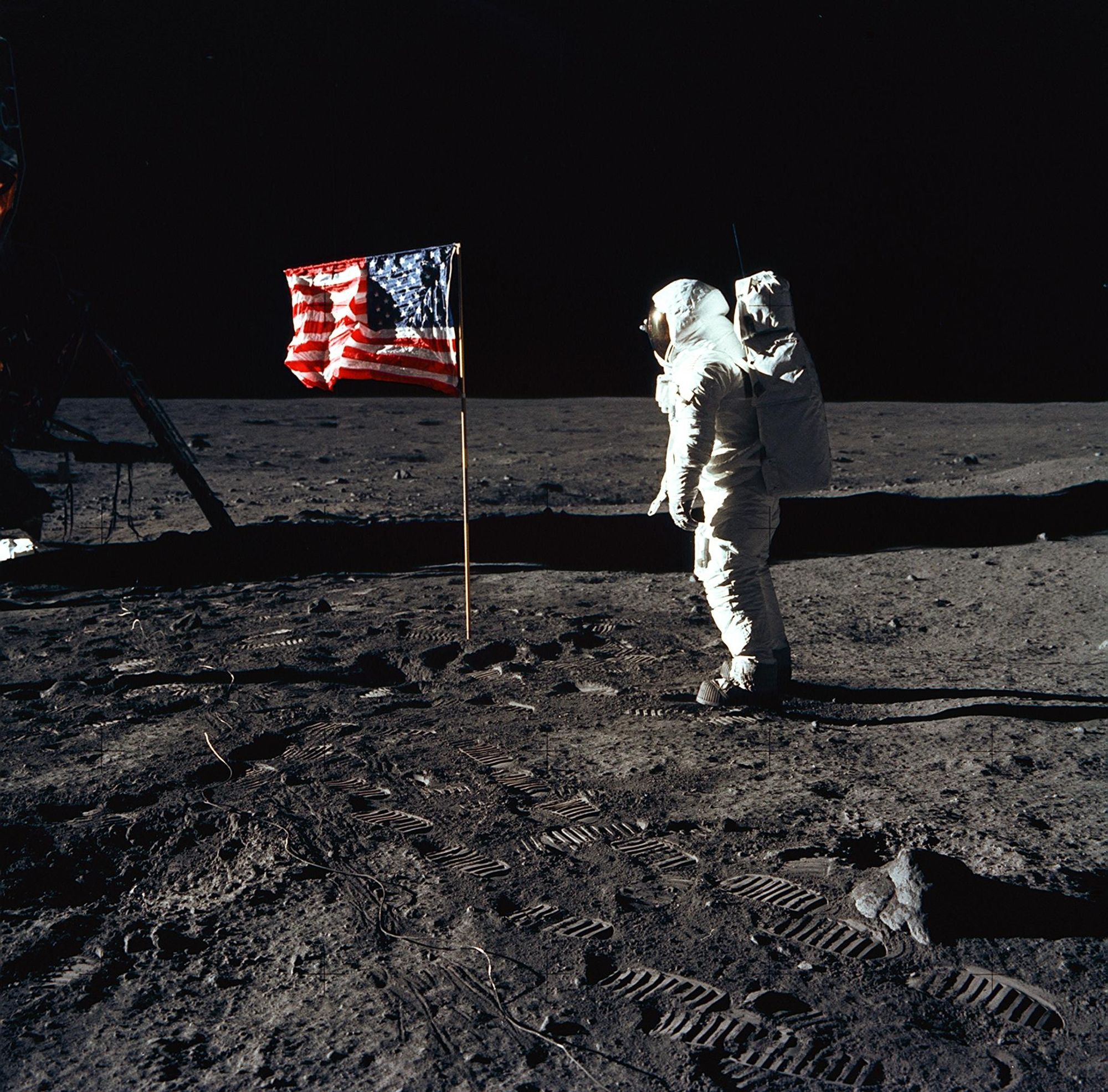Big Apple Sky Calendar: July 2023
In the 1990s, astronomy professor Joe Patterson wrote and illustrated a seasonal newsletter, in the style of an old-fashioned paper zine, of astronomical highlights visible from New York City. His affable style mixed wit and history with astronomy for a completely charming, largely undiscovered cult classic: Big Apple Astronomy. For Broadcast, Joe shares current monthly issues of Big Apple Sky Calendar, the guide to sky viewing that used to conclude the seasonal newsletter. Steal a few moments of reprieve from the city’s mayhem to take in these sights. As Oscar Wilde said, “we are all in the gutter, but some of us are looking at the stars.”
—Janna Levin, editor-in-chief
July 1
Sunrise 5:27 am EDT
Sunset 8:33 pm EDT
July 1
Mars and Venus are very close together tonight, visible low in the evening sky 40-50 minutes after sunset. They’ll stay there for around a week, before being swallowed by the solar glare around the month’s end.
July 3
Full Moon at 7:39 am EDT. Of course, the full Moon is opposite the Sun. And since the noontime summer Sun is as high as it ever gets, the midnight full Moon is basically as low as it ever gets—just 25 degrees above the horizon.
July 4
(1054) The traditional date for the appearance of the most famous supernova in history. What we know for sure is that in the early summer of the year 1054, a very bright “guest star” (the Chinese word) appeared suddenly, and was closely observed by Far Eastern astronomers (Chinese, Japanese, and Korean). It was described as “visible in daylight” for 23 days, and in the night sky for over a year. It must have been amazing to stargazers everywhere—but strangely enough, no definitive record exists for its visibility in Europe or the Americas.
There is today a little elliptical nebula in the sky, the Crab Nebula, which is the remnant of the 1054 explosion. Virginia Trimble, an American astronomer famous for her quick wit and insightful astrophysics, found that the nebula is rapidly expanding, such that it must have originated from a single point around the year 1100. This proved that the Crab Nebula originated in an explosion from a tiny, faint star at the center of the Nebula, or perhaps the ancestor of that star. A few years later, it was found that this star is a pulsar—a solid star, made entirely of neutrons and spinning at a rate of 30 times a second.

This star is 6,500 light years away—and if you do the math, you find that in the summer of 1054, this object was about as luminous (intrinsically) as an entire galaxy. Holy mackerel! This was basically the beginning of modern stellar astrophysics. Two years later, the first black hole was discovered—and we were off and running.
But what's this “July 4th” business? That's mainly a U.S. obsession. The ancient Chinese were exacting at dates, but not that exacting! (Or at least our knowledge of their dates is not that precise.) We do know three things that underlie the modern myth: (1) On the morning of July 5th, 1054, as viewed from the western U.S., the waning crescent Moon was just northwest of the Crab Nebula's position; (2) several cave paintings/carvings from that region and era seem to show a round object (the supernova?) next to a crescent-shaped object of equal size (the Moon?); and (3) the Pueblo Indians of that era commonly made early-morning observations of the sky, perhaps to mark the seasons.
Despite this ultra-thin reed of evidence, few U.S. astronomy teachers can resist the retelling of the patriotic supernova story. I certainly can't.

July 6
Earth at aphelion. Today the Earth is 1.017 AU (95 million miles) from the Sun—as distant as it ever gets. Yet it's the hottest time of year for us borealites. The reason is that the Sun's local heating of the Earth depends not on distance, but on the angle of the noontime sun (now nearly overhead for us) and on the length of sunlight (now 15 hours).
July 9
Birthday of John Archibald Wheeler in 1911. Wheeler was probably the most important American physicist of the twentieth century. (OK, Richard Feynman fans; you'll have your say later.) Wheeler became a teacher and mentor to nearly all American scientists working on general relativity, or Einstein's theory of gravity. He invented the terms “black hole,” “wormhole,” and “quantum foam.” And he came up with a single, short sentence that perfectly expresses the basic idea of Einstein's theory, and which replaces Newton's theory: “Space-time tells matter how to move, and matter tells space-time how to curve.”
July 9
Last quarter Moon. Also solar observing (open to the public) at Pioneer Works, from 1-4 pm at 159 Pioneer Street in Brooklyn.

July 10-13
On these four nights, there are excellent overpasses of NYC by the International Space Station (ISS). On each occasion, the object first appears low in the west, then moves roughly overhead three minutes later, and then disappears roughly in the east another three minutes later. On July 10th, the spectacle starts at 10:12:55 pm EDT and concludes six minutes later. On July 11th, it starts at 9:20:26 pm. (This one is a real beauty—super bright, and passing exactly overhead at precisely 9:23:46 pm.) On July 12th, it starts at 10:12:16 pm. On July 13th, it starts at 9:20:26 pm. Unless you have a really clear western horizon, you probably won’t see these events at the exact start time; but one minute later, they should be obvious. As you watch it, imagine: it’s as big as a football field, and moving at 18,000 miles per hour!
July 14
From 8-10 pm tonight, weather permitting, the New York Amateur Astronomers Association will hold a telescopic observing session at Lincoln Center (near the fountain). These events are for the public, so questions are welcome/solicited. But be warned: to astronomers, “weather permitting” generally means “clear sky required.” It's not a baseball game!
July 17
New Moon. A few days later, the evening twilight shows a beautiful conjunction of Venus and the crescent Moon—“the old Moon in the New Moon’s arms.”

July 20
On this famous day in 1969, two astronauts landed and walked on the Moon. The story has been told a thousand times. Less well known is exactly what happened right after the quite dangerous landing. The original schedule called for the astronauts to catch some sleep before attempting the famous walk. But after all the excitement of the trip and peril of the landing, sleep was the last thing on their minds. Even though they had landed on... the Sea of Tranquility.
So NASA changed the plan and said “OK, do the walk.” Then it was “one small step for a man....” The most-watched live event in television history. Until, of course, the 2006 FIFA World Cup final between Italy and France, ending in a shoot-out. Now there was a reason to get excited!
Interesting side note. Of the six American flags planted by the six Apollo missions to the Moon, all are still standing (photographed by Lunar Orbiters) except the first, which was immediately and ingloriously blown down by the exhaust from the rockets during take-off. (The take-off rockets were quickly re-designed to correct this egregious violation of flag etiquette.)

July 28-29
Two more excellent apparitions of the ISS on these nights: centered on 9:51:12 pm (roughly overhead on the 28th) and 9:01:09 pm (overhead on the 29th). Virtually all satellites orbit west to east, because they're launched west to east, to take advantage of the Earth's 1000 km/sec rotational speed.
July 28
Reprise of the July 14th stargazing event for the public at Lincoln Center (8-10 pm).
July 31
Sunrise 5:50 am EDT
Sunset 8:14 pm EDT ♦
Subscribe to Broadcast